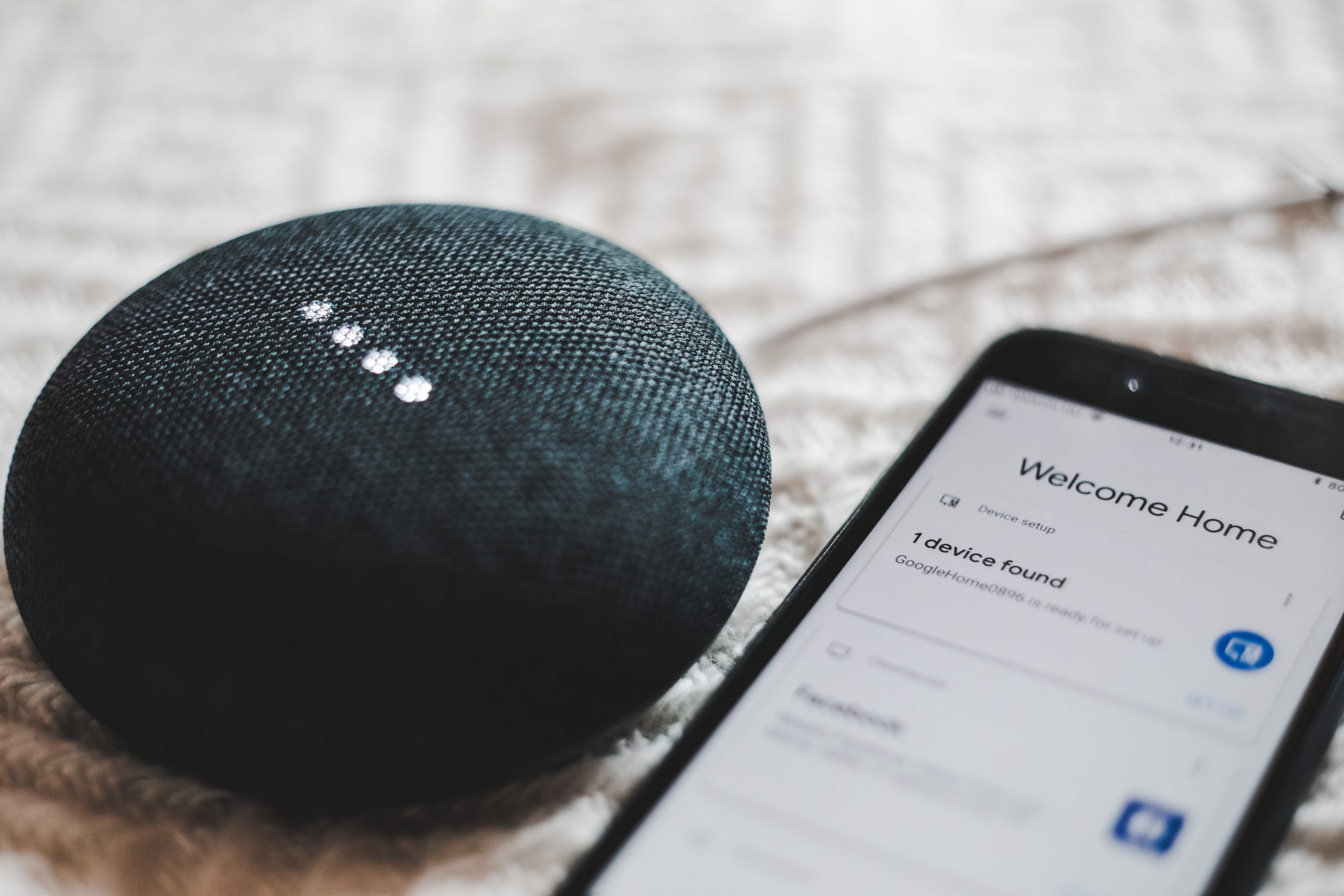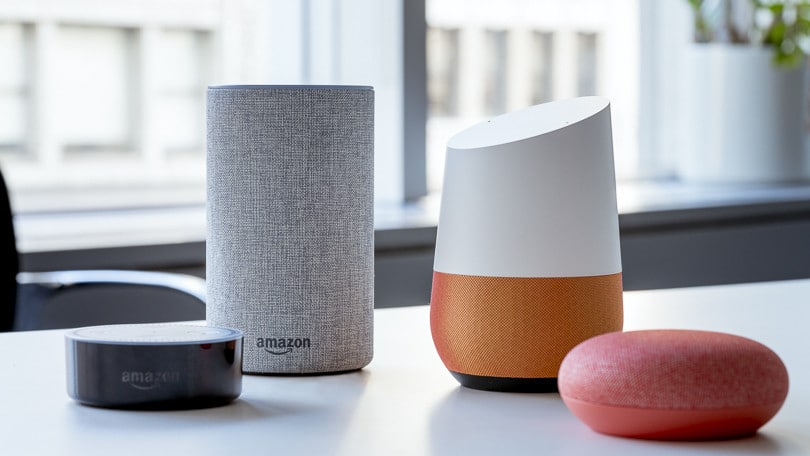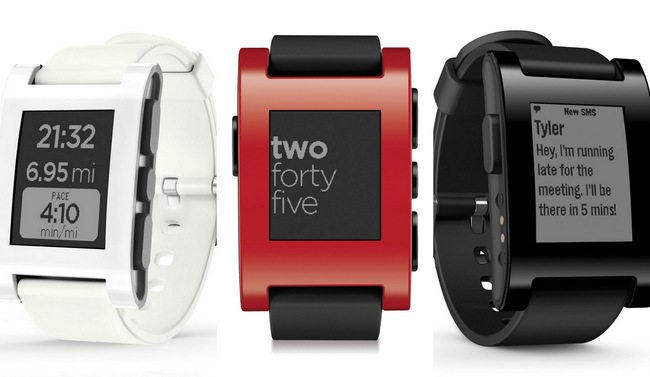The stakes are high for new players entering the IoT company game.
For one, the development times are longer for hardware than for software, which makes it difficult to pivot if the product-market fit is not realized when the product launches. And the success rate in the consumer IoT space, in particular, is vanishingly low—even the intrepid hardware investors our team knows from our work as an IoT Original Device Manufacturer have a lot of misgivings about the consumer side.
Perform your own market research with Crunchbase Pro.
Consumers might enjoy a neatly-designed stove that alerts them if left on in an empty home, but it is not easy to bring a connected device like this to market.
Despite increasing innovation, here’s why it’s only becoming more difficult to enter the ranks of the top Internet of Things companies:
One major barrier is that it typically takes a pre-existing ecosystem for connected devices to succeed.
In the consumer arena, it isn’t enough to make a device that complies with government standards or even industry standards like Bluetooth or WiFi. Consumers expect a more seamless user experience when juggling multiple devices during their daily routines.
In order to deliver on the smooth intuitive user experience we all strive for, device makers must cozy up to the devices already woven into the fabric of their users’ lives: an iPhone, Android handset, Amazon Echo, or a Google Home.
Yet this integration is an expensive endeavor. These flagship devices themselves are continuously evolving, with new models coming out each year. On top of that, the firmware inside modern devices also changes multiple times during the year.
To ensure compatibility of your connected device, you need to have the resources to continuously test against these constantly changing systems. Even with the stamina to stay in the game and grow your market, perils persist.
The prize for success may well be annihilation.
Succeeding in the IoT devices space is quickly noticed by the ecosystem leaders. Higher-ups at large-scale companies have the data at their fingertips about which devices are selling well, generating traffic, garnering positive reviews, and so on.
Case study: How Pebble watches carved the way for Apple
Just as you realize that a device is really getting traction, you’re six months behind the major players who have superior information resources. Like a cat toying with a mouse, the IoT Giants can simply decide whether or not to destroy this device maker by launching a product that does the same thing—but with tighter integration into their ecosystem.
This is exactly what happened with Pebble.
You’ve probably heard of them—they had a very successful smartwatch launch in 2012 that was funded via Kickstarter. It also put them directly in the crosshairs of Apple, who was creating the Apple Watch. Despite a fabulous fan base, Pebble could see the writing on the wall the closer to the Apple watch launch.
They were extremely lucky to get acquired by Fitbit before it was too late.
The bigger issue at play here is that Pebble, despite being a small company, did a lot of pioneering work that inspired other hardware companies. It was just a few scrappy people who sat down and designed something people loved, but they simply didn’t have the ecosystem and resources to compete with Apple.
IoT companies need to either embrace fighting or joining the tech giants
Our team at Blue Clover Devices experienced the same situation through one of our clients. They were creating a next-generation consumer IoT product. However, the company started to get nervous about its long-term potential as we approached mass production. We later found out that Amazon released a very similar IoT device as the one this company was producing.
The alternative to fighting is of course joining. Nest and Ring are two examples of new device firms that cut their own paths and eventually took refuge by being absorbed by Google and Amazon respectively.
Companies have to focus on a niche area to stay in the game.
By focusing on ways to secure a corner of the IoT industry, smaller manufacturers can not only ensure that they stay out of the crosshairs of major companies, but they can build devices with longevity.
One safe space seems to be any projects that have B2B applications. It’s less likely that a major ecosystem player is going to get into the B2B space. IoT companies have more flexibility in controlling a power plant or automating fertilizer distribution on a farm for example.
Building off existing devices and connecting them to create even greater ease of use is also a form of success. A great example of this is the Amazon Echo and Google Home. as they’re both increasingly accepted in people’s homes.
And they connect to existing ecosystems—and to each other—in a way that makes things even easier for the user. You can set music to play on your Google Home. Then you can connect several Google Home Minis throughout the house in different rooms. This way you can continue listening during a party or while cleaning the house with your family.
IoT devices need to beneficial rather than redundant
Here, it’s not surplus to have more than one—it’s beneficial.
If you have a phone, you don’t really need another. But let’s say you have an Amazon Echo or a Google Home. It’s very possible you also purchase Amazon Dot or a Google Home Mini. This extends the service provided by the initial devices, making the multiple device connections beneficial rather than redundant.
It’s these types of smart integrations that make it possible for tech manufacturers to seamlessly integrate into consumers’ homes. If small companies can join that connection, consumers will have a chance at an even better experience.
Perhaps interoperability laws or standards will be put in place. And perhaps we’ll one day be able to leverage the collective efforts of all of these ecosystems. For now, IoT device makers have to navigate a shifting landscape and try to avoid becoming collateral damage.
Pete Staples is the president and co-founder of Blue Clover Devices, a full-service electronics Original Design Manufacturer (ODM) providing sketch-to-shipment solutions to clients worldwide. His professional career began at Boeing Satellite Systems (formerly Hughes Space and Communications) developing advanced communication payloads. Staples has been awarded the Hughes Innovation Award for work related to a novel modem design.








